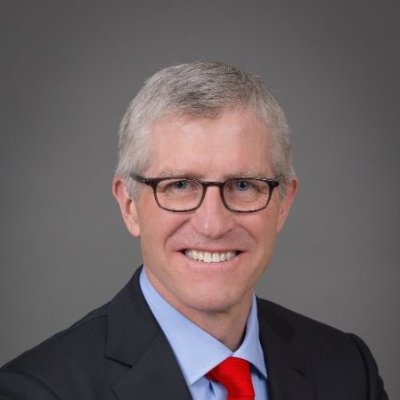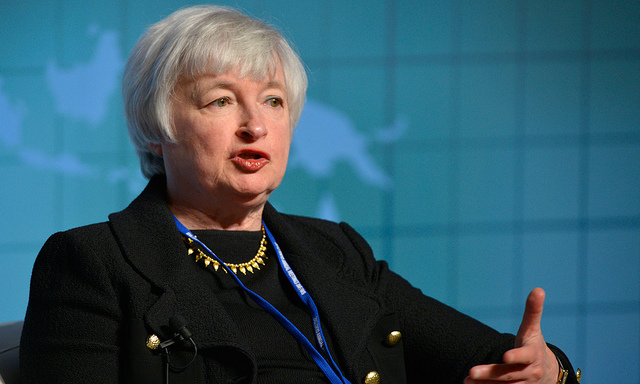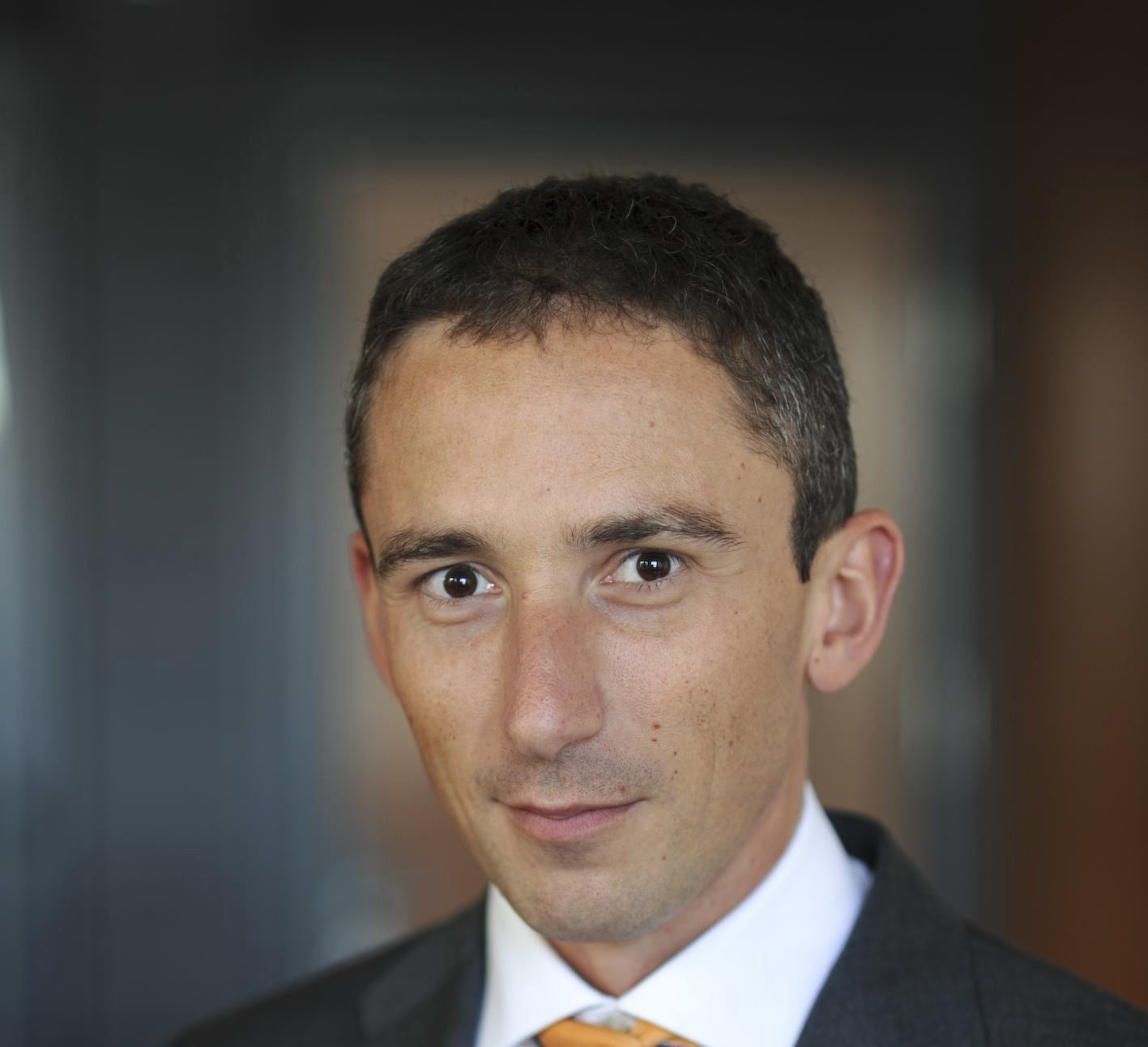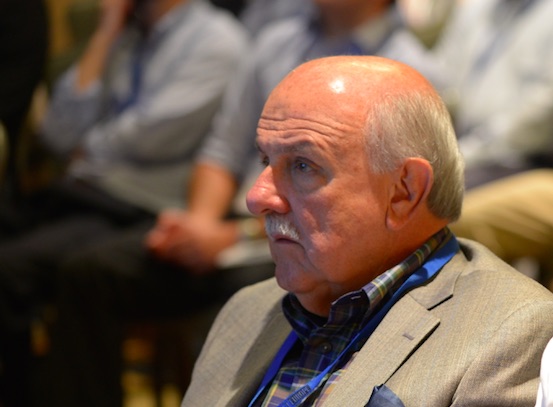Scott Powell Takes Up the position of CEO at Santander Bank, In Addition to SHUSA’s
| For Fórmate a Fondo | 0 Comentarios

Scott Powell, who, in March 2015, was appointed head of US business at Santander, and CEO of Santander Holdings USA, has been appointed by the board of Santander Bank, NA, CEO of this financial entity, replacing Roman Blanco.
Blanco, who returns to Spain to take on new responsibilities within the group, has been associated to the bank’s business in the United States for the past three years. As reported to Funds Society by a spokesman for the financial institution, during the first year, Blanco headed the business in Puerto Rico, and later assumed the position of CEO of Santander Bank, based in Boston.
In March, Powell took up office as head of the Holding under which all of the group’s businesses is concentrated, including Santander’s international private banking business in Miami and operations in Puerto Rico, which had has until then depended on Spain. Before joining the group, Powell spent eight years directing various businesses for JPMorgan Chase, having also worked for two years for Bank One and 14 years for Citi, always in the United States.
Furthermore, the bank has also appointed Michael Cleary responsible for Consumer and Business Banking, reporting to Scott Powell. In his new role, Cleary will be responsible for Retail Banking, Auto Finance and Business Banking and the respective area managers will report to him.
Cleary comes from Citizens Financial Group, where he was Group EVP and head of US distribution, overseeing branches, network planning, mobile and online banking, contact centers, sales planning and strategies, premier banking, wealth management, and business banking. He has over 30 years experience in banking and finance in the United States. Prior to joining Citizens, Michael held various leadership roles at JP Morgan Chase & Co. and Bank One, including EVP and CEO of Chase Business Banking, and CMO and COO of Chase Retail Bank. Michael has a BA from Princeton University and an MBA from Dartmouth’s Tuck School of Business.











